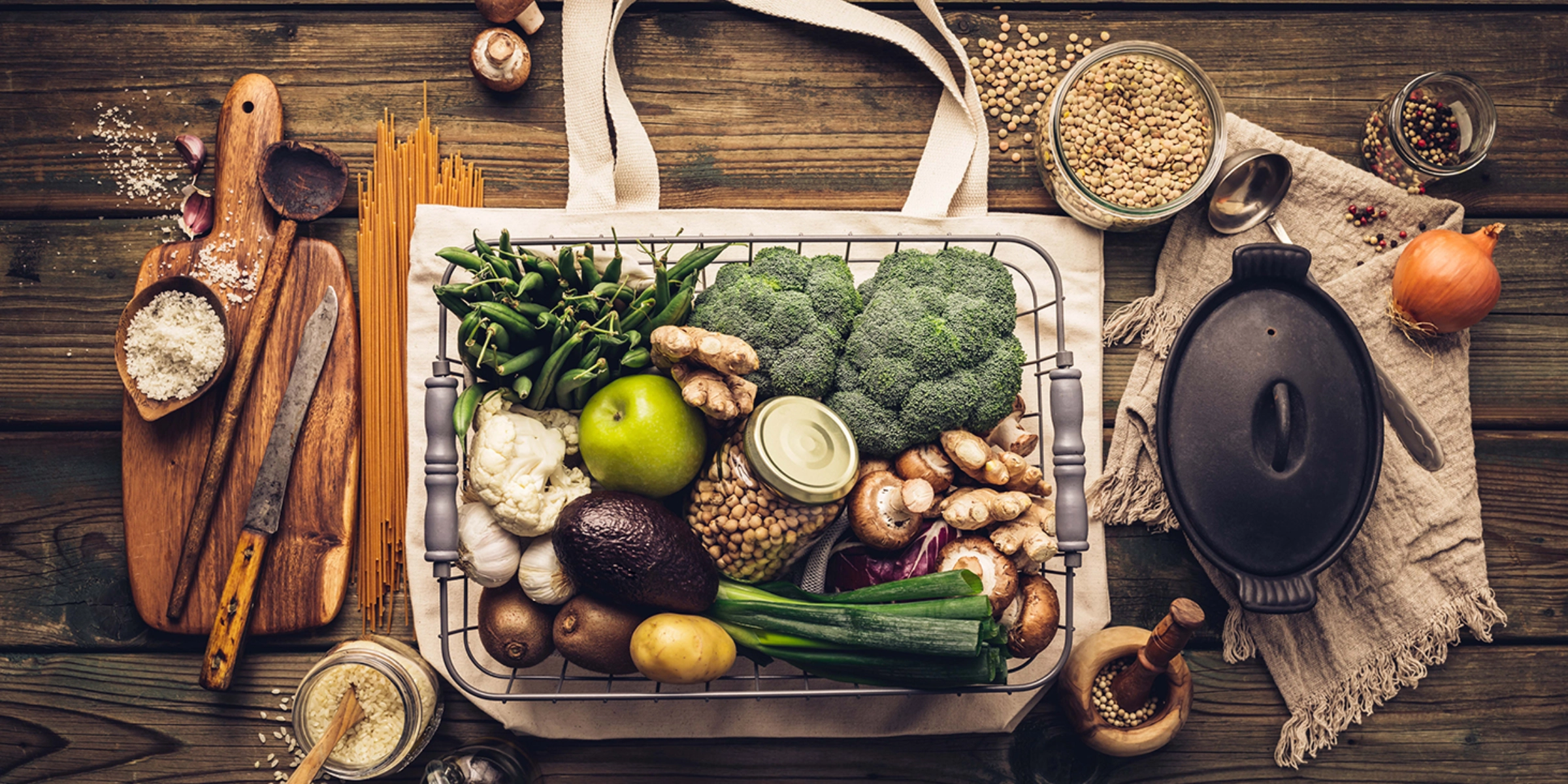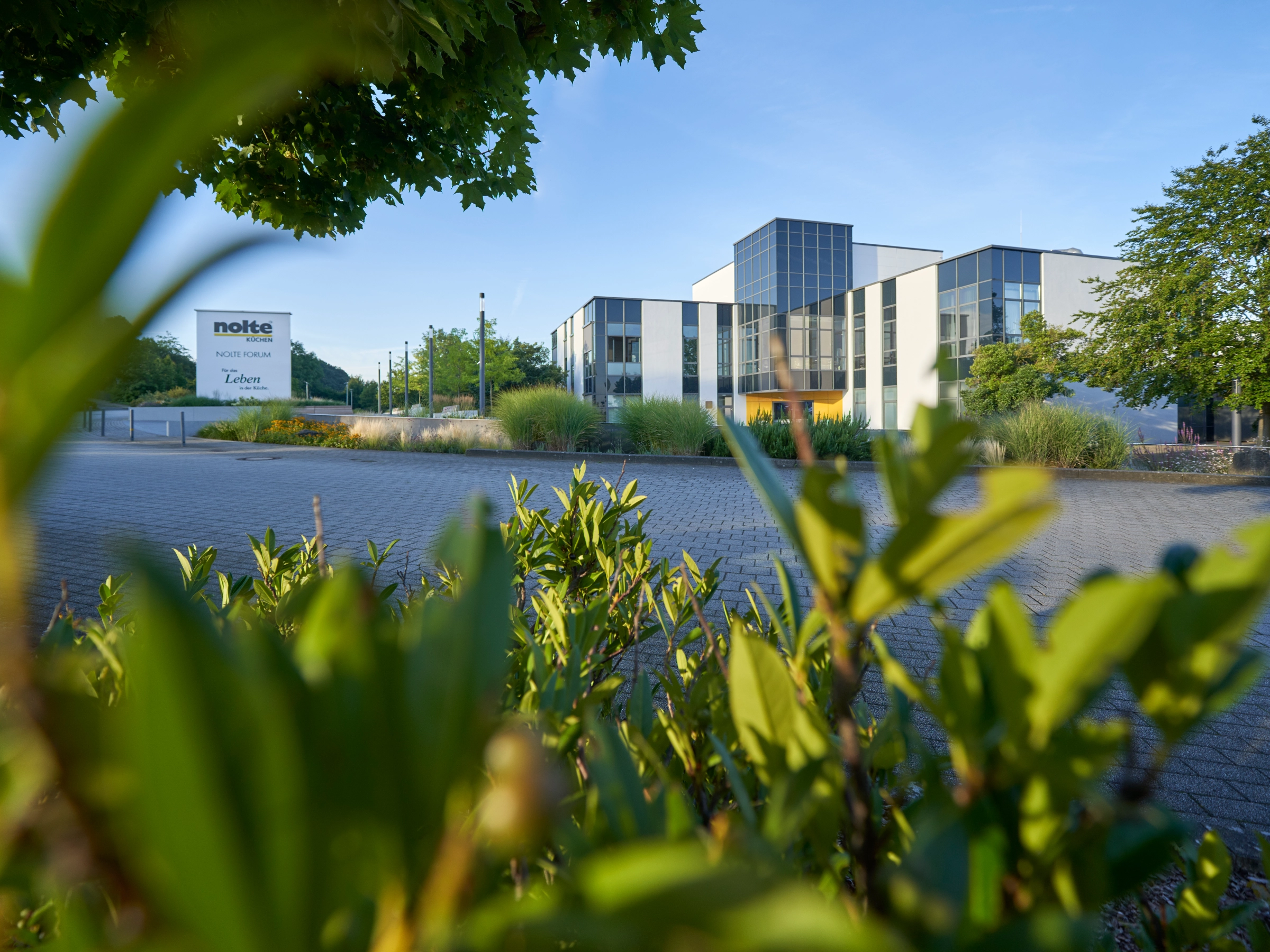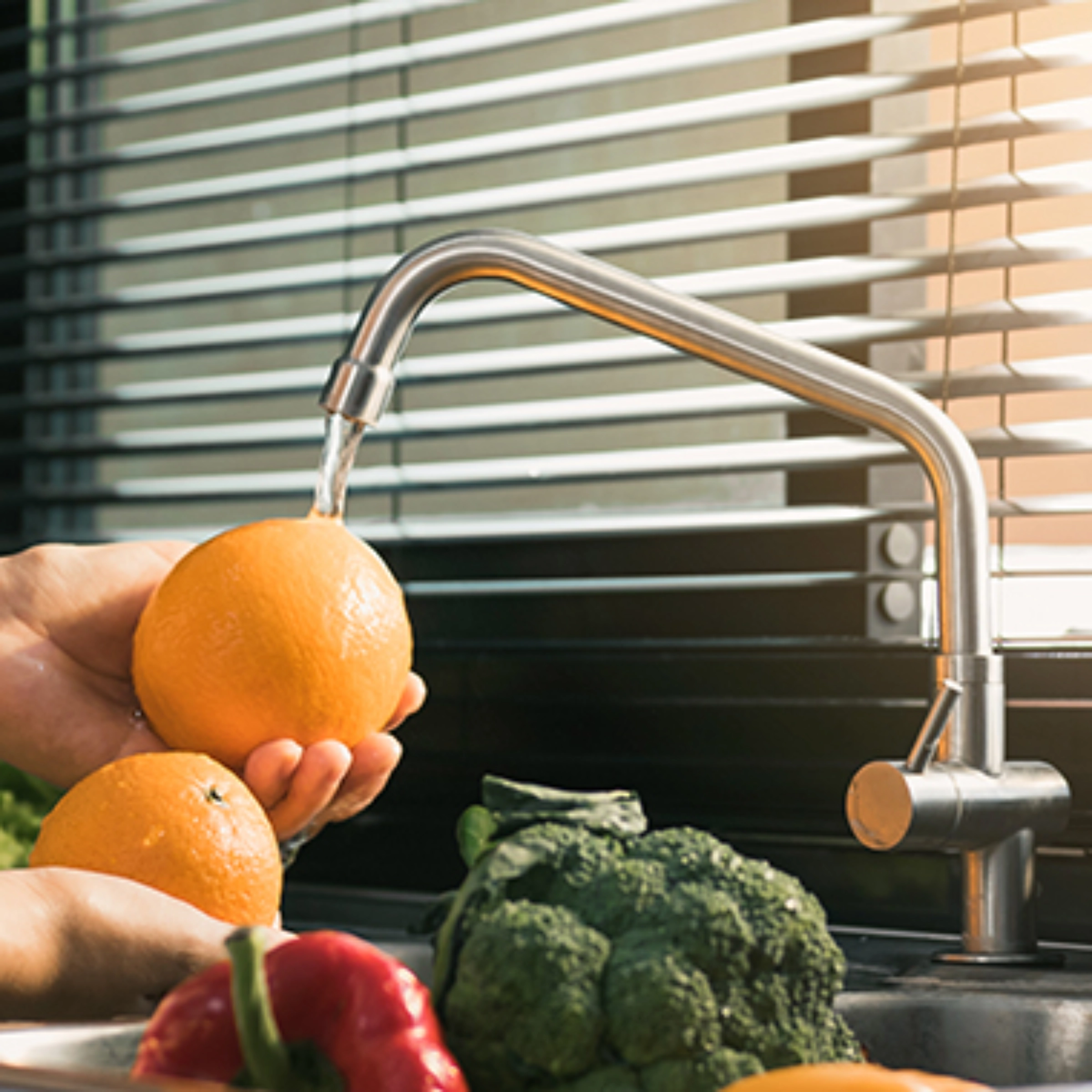Although wood is naturally a renewable resource, if it originates from regions where uncontrolled deforestation takes place—where forests are cleared extensively, for example to create space for livestock grazing—then wood cannot be considered a sustainable material. Make sure that the wood used as raw material for your kitchen furniture bears a certification label, such as the FSC or PEFC certificates. This ensures that your kitchen furniture is sourced from manufacturers who at least produce some furniture in a climate-neutral manner, offset their CO2 emissions within defined periods, or at least openly manage their CO2 emissions (while striving to reduce them at the same time). There are also other labels such as the Goldene M, ÖkoControl, Blauer Engel, Eco-Institut or PEFC. Later we will talk about their meaning and the requirements furniture manufacturers must fulfill in order to obtain these certifications for their furniture.
It doesn't always have to be wood, however. Especially for your worktop, there are good alternatives available nowadays. For example, Neolith, a ceramic material that looks and feels like stone. It is extremely durable, recyclable, and composed of silica, feldspar, clay and mineral oxides. Natural stone is also ideally suited, as it is not composed of multiple materials and can therefore be produced with exceptionally low energy expenditure.
Tips for choosing ecological materials
When choosing suitable materials for your sustainable kitchen, you can orient yourself firstly by the points mentioned above. On the other hand, you should absolutely ensure that you like their design—without compromise. After all, it's also about feeling comfortable and spending enjoyable time in your ecological kitchen. When making your selection, therefore, focus on the certifications and chemical-free materials listed above, but also on a design that you unquestionably like.
Sustainable kitchen furniture often goes hand in hand with a simple, elegant design. If you keep the furnishing relatively straightforward, it is usually enough to add just a few new accessories to remodel your kitchen. This means minimal material usage, saving not only resources but also money and effort. And these savings are equally sustainable.
Be sure to remember greenery in your kitchen. If you use a few pots of herbs as decoration, you'll highlight the sustainable character of your kitchen simply through this type of planting—and when cooking, these herbs also offer practical benefits. Yet the advantages of adding greenery to your kitchen aren't purely culinary. Plants like the weeping fig, calathea, peace lily, flamingo flower or various indoor ferns not only look beautiful—they also purify the air, making your kitchen even more ecological and healthier.
Be sure to remember greenery in your kitchen. If you use a few pots of herbs as decoration, you'll highlight the sustainable character of your kitchen simply through this type of planting—and when cooking, these herbs also offer practical benefits. Yet the advantages of adding greenery to your kitchen aren't purely culinary. Plants like the weeping fig, calathea, peace lily, flamingo flower or various indoor ferns not only look beautiful—they also purify the air, making your kitchen even more ecological and healthier.





























